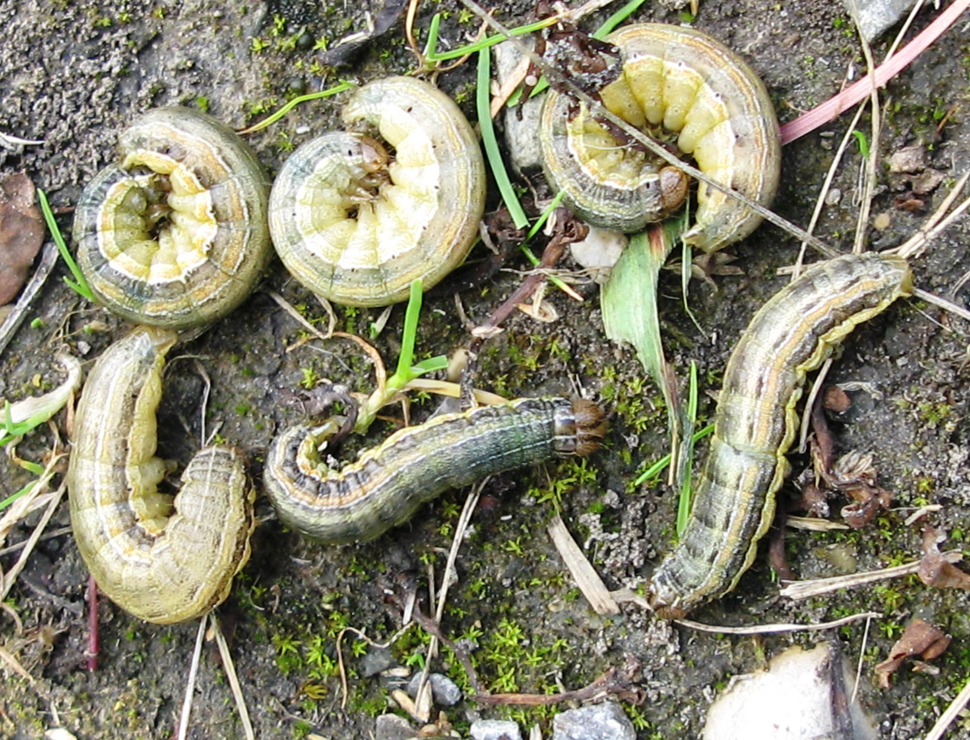While many producers are working to get crops off the fields, a Manitoba Agriculture entomologist reports that it has been quite a year for dealing with various pests.
“There's certainly been a number of insect issues,” says John Gavloski. “Some of them being things that blew into the province that we don't deal with every year and others being things that do over-winter here. But yeah, it's just been busy.”
Gavloski reports insect-related issues began early on with flea beetles in canola.
“It was a big issue and that’s something that we've been dealing with for many, many years in a row now, high populations. So that was one of the big early season issues. And then we got into army worms. We had a big population of army worms blow in or migrate in.”

These insects were a major issue in cereal crops and forage grasses during the latter part of June into July.
“We had some aphid issues, aphids in cereals and to some degree in peas. They became an issue but different species of aphid. We had a little bit of issues with something called alfalfa weevil in the alfalfa crops.”
He notes some areas were hit harder than others, so not everyone had to deal with them.
Some producers found diamondback moths in their canola.

“They don't overwinter here; they get blown in,” says Gavloski. “The eastern part of the province and some of the central region, those were the areas that had the highest levels, and they are a crucifer specialist, so it was mainly the canola crops that were having issues with the diamondback moth.”
Grasshoppers have been an ongoing issue this summer. Gavloski says the severity depends on the region.
“Some areas had it worse than others,” he reports.
While these insects have been around for a while, and in large numbers, Gavloski says the population is now declining.

“People will notice them potentially a bit more in August because they're bigger,” he says. “Most of them are now adults and they move around. When they're younger, they don't have functional wings, they can't fly, so we don't see them as much. But when they get bigger and they get the fully developed wings, once a crop that they're in starts to mature and become less palatable, they will move to other crops. So, they're moving around from field to field more and they become a bit more visible.”
Grasshoppers thrive in hot, dry conditions and southern Manitoba certainly experienced a lot of that this year, especially during spring and for the early part of summer.
Gavloski points out that Manitoba has 85 different types of grasshoppers and only four of them are considered to be crop pests.
In response to Canada's Online News Act and Meta (Facebook and Instagram) removing access to local news from their platforms, PortageOnline encourages you to get your news directly from your trusted source by bookmarking this page and downloading the PortageOnline app.
